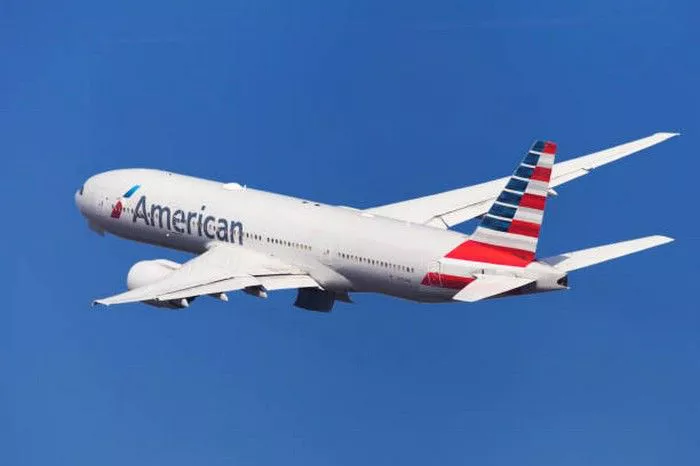American Airlines is intensifying its commitment to Chicago by significantly expanding operations at O’Hare International Airport and launching new domestic and international routes, aiming to challenge United Airlines’ longstanding dominance in the region. This renewed focus arrives amid an impending gate reallocation that threatens to reduce American’s terminal footprint, prompting both a strategic increase in flight capacity and legal action to safeguard critical airport infrastructure.
O’Hare Remains a Strategic Hub for American Airlines
Despite shifts in its network focus during the pandemic, American Airlines continues to regard Chicago’s O’Hare as a vital component of its national route system. Chief Financial Officer Devon May recently reaffirmed that O’Hare is the airline’s third-largest hub, underscoring its importance in American’s long-term strategy.
Before the COVID-19 crisis, American operated roughly 500 daily departures from O’Hare, marking it as a key player in the competitive Chicago market. Although flight volumes dipped during the pandemic, the airline has steadily rebuilt its schedule and network strength at the airport.
New Routes Signal Aggressive Expansion
American has introduced several new and reinstated routes from O’Hare, enhancing connectivity across the Midwest. Notable additions include service to Curacao International Airport, Roanoke-Blacksburg Regional Airport in Virginia, and Princess Juliana International Airport in St. Maarten. These complement previously announced long-haul flights to Naples, Italy, signaling a broad push to diversify and strengthen its Chicago offerings.
For the peak summer travel period—June through August—American plans an average of 468 daily departures from O’Hare, according to aviation data firm Cirium. This marks a concerted effort to restore pre-pandemic capacity and better compete against other carriers based at the airport.
A Longstanding Rivalry with United Airlines
American Airlines has maintained a significant presence at O’Hare since the early 1980s, often competing directly with United Airlines, the region’s hometown carrier. This rivalry is well known locally and has even permeated popular culture.
In recent years, however, American shifted some growth focus to other hubs such as Charlotte, Dallas-Fort Worth, and Washington National, where profit margins were more attractive. Chicago saw less emphasis during this period, but current developments indicate a strategic pivot back to the Windy City.
Gate Reallocation Threatens American’s Position
A critical challenge looms for American Airlines at O’Hare in the form of a gate reallocation scheduled for 2026. The 2018 agreement between the Chicago Department of Aviation and the two major carriers bases gate distribution on prior-year departure activity. With American averaging 349 daily departures in 2024 (rising to 388 in summer), the airline risks losing up to six gates. United, by contrast, maintains higher activity levels—481 daily departures annually and nearly 500 in summer—positioning itself to gain additional gates.
United Airlines has capitalized on this momentum, actively branding itself as “Chicago’s #1 Airline” and launching loyalty programs aimed at attracting frequent flyers from rivals, including American.
Legal Fight to Protect Gate Access
In response, American Airlines has filed a lawsuit to challenge the terms of the gate allocation agreement, seeking to block the reallocation and preserve its existing gates. The legal dispute is ongoing and underscores the high stakes involved in controlling airport infrastructure at one of the country’s busiest hubs.
While CFO Devon May declined to discuss litigation details, he emphasized the airline’s ongoing commitment to optimizing gate usage. He also cited slower-than-expected recovery at O’Hare, attributing part of the lag to pilot shortages—especially among regional carriers that feed American’s broader network.
Looking Ahead: Reasserting Market Share in Chicago
American Airlines is clearly doubling down on Chicago, expanding route options and flight frequencies to strengthen its competitive stance. The airline’s broader strategy aims to secure its foothold at O’Hare amid intensifying competition and regulatory challenges.
The outcome of the gate dispute will not only shape American’s future presence in Chicago but could influence how airports nationwide manage scarce terminal resources among legacy carriers.
Conclusion
As American Airlines ramps up operations and pursues legal avenues to defend its terminal space, Chicago is emerging as a critical battleground for aviation market share in the post-pandemic era. The carrier’s renewed focus on O’Hare signals its intent to remain a major player in this key Midwest hub—willing to fight for its place both on the runway and in the courtroom.

